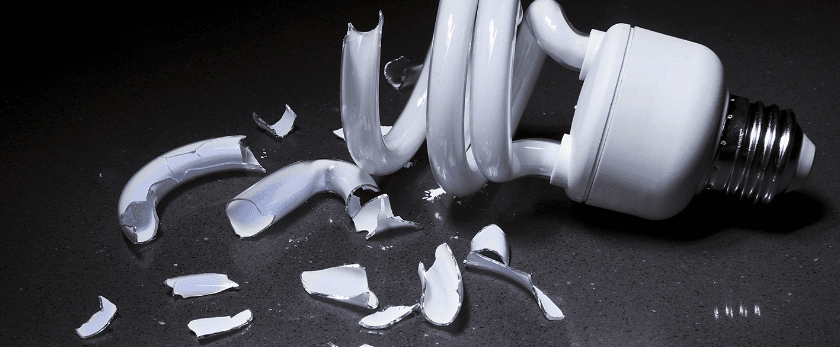In our journey toward a greener, more eco-friendly lifestyle, one essential step is responsible disposal of incandescent light bulbs. These familiar household fixtures may seem harmless, but they require special attention when it's time to bid them farewell. Let's delve into the details and answer some common questions to help you make eco-conscious choices.
Should I throw away my incandescent light bulbs?
The short answer is no, you should not simply toss incandescent light bulbs into your regular trash bin. Why? Because incandescent bulbs contain materials that can harm the environment if not disposed of properly. They contain a small amount of mercury vapor, which, when released into the environment, can have detrimental effects.
Instead, consider these steps:
-
Check Local Regulations: Start by researching local regulations for light bulb disposal. Some areas have specific guidelines in place to ensure safe disposal.
-
Switch to LED or CFL: Consider switching to energy-efficient alternatives like LED or CFL (Compact Fluorescent Lamp) bulbs. They are not only more environmentally friendly but also save you money on energy bills in the long run.
-
Recycling Programs: Look for recycling programs or drop-off locations in your area. Many communities offer collection points for used bulbs. This is a responsible way to ensure proper disposal and recycling.

How do you dispose of broken incandescent bulbs?
Accidents happen, and if you find yourself dealing with a broken incandescent bulb, follow these steps to handle it safely:
-
Safety First: Wear gloves to avoid direct contact with any glass shards. Open windows for ventilation and turn off the lights in the room to reduce the risk of electric shock.
-
Careful Cleanup: Use a stiff piece of paper or cardboard to carefully sweep up the broken glass. Avoid using your hands. Dispose of the glass shards in a secure container, like a plastic bag, to prevent injuries.
-
Mercury Vapor Concerns: If you suspect the bulb was an older one or if you see visible signs of mercury release (a silvery substance), take extra precautions. Ventilate the room thoroughly, and consider contacting your local hazardous waste disposal center for guidance.
-
Vacuuming (if necessary): If the broken bulb has shattered into tiny fragments and you must use a vacuum, ensure it has a HEPA filter to trap small particles. After vacuuming, remove and dispose of the filter properly.
How do I know if my light bulb is incandescent?
Identifying incandescent bulbs is quite straightforward. Here are some key characteristics:
-
Warm-Up Time: Incandescent bulbs take a moment to reach their full brightness. If your bulb needs a few seconds to shine at its brightest, it's likely incandescent.
-
Filament: Look inside the bulb. If you see a visible wire filament, it's an incandescent bulb. LED and CFL bulbs have different internal structures.
-
Labeling: Check the packaging or bulb base for information. Incandescent bulbs are often labeled as such, but LED and CFL bulbs are labeled accordingly as well.
In conclusion, disposing of incandescent light bulbs responsibly is a small but meaningful step toward a greener future. By following local guidelines, switching to more energy-efficient options, and handling broken bulbs with care, you can make a positive impact on the environment. Together, we can light the way to a brighter, more sustainable world.










